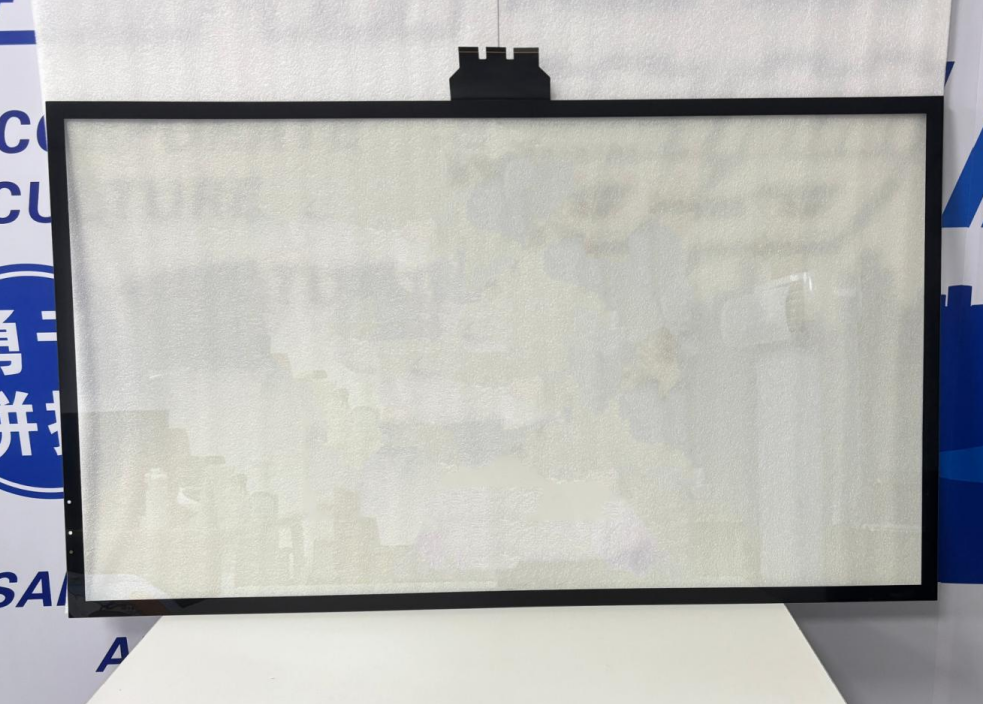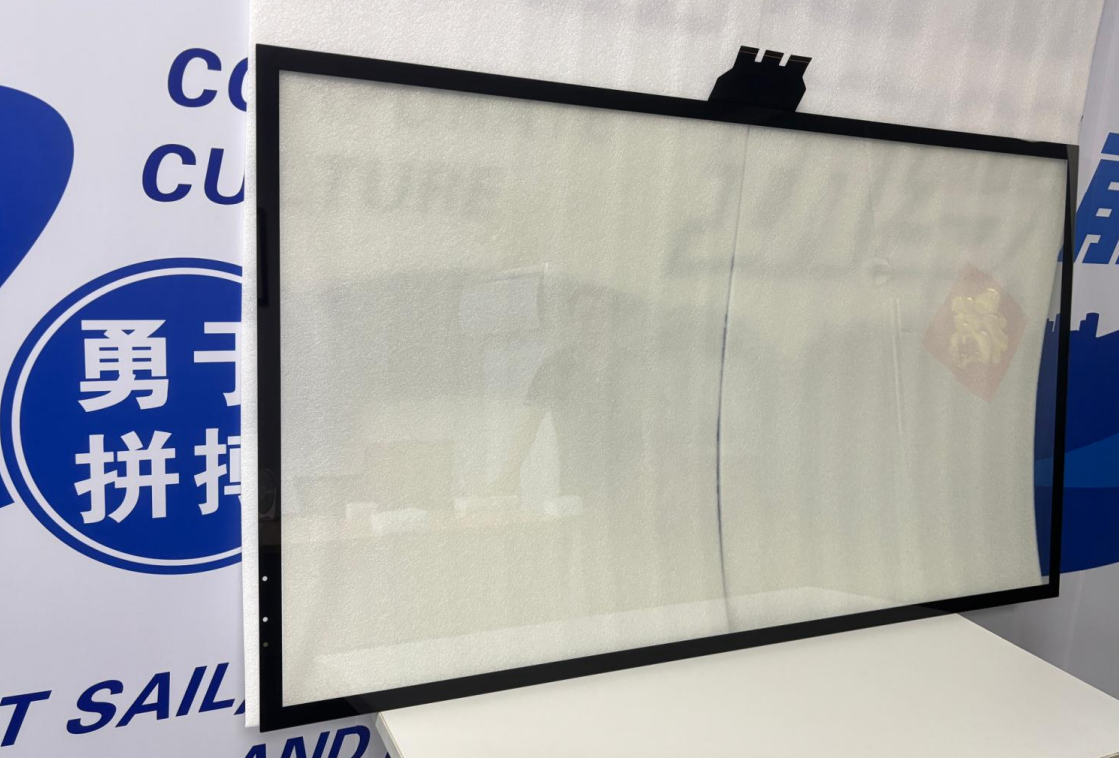Oct. 23, 2025
Capacitive touch screens with AG treatment (anti-glare) utilize a special chemical or physical treatment on the glass surface to create a finely textured,
uneven, granular structure. This transforms strong specular reflections into soft, diffuse reflections, significantly reducing glare and improving visibility
in bright lighting conditions.

To quickly understand the differences between AG treatment and other common surface treatments, here's a simple comparison table:
Process Type Core Function Applicable Environments
AG (Anti-Glare) Reduces glare and improves visibility in bright sunlight. Outdoors, brightly lit indoors (e.g., shopping malls and factories).
AR (Anti-Reflection) Increases light transmittance and enhances display clarity. Suitable for applications requiring high color and clarity.
AF (Anti-Fingerprint) Repels oil and water, making it easy to clean. Suitable for all applications requiring a clean screen.
In actual products, AG treatment is often used in combination with AR, AF, and other treatments to achieve a comprehensive effect of anti-glare, high light
transmittance, and easy cleaning.
Main Application Scenarios
Due to its unique characteristics, capacitive screens with AG treatment are highly effective in certain specific areas:
· Outdoor and Public Equipment: For outdoor self-service kiosks, public information displays, and other equipment exposed to direct sunlight, AG
treatment effectively reduces glare, ensuring smooth operation. Some models even offer IP65 protection, making them suitable for harsh environments.
· Industrial Control and Medical: In industrial environments with complex lighting conditions, such as factories and laboratories, or hospitals, AG
treatment reduces ambient light interference on the screen, facilitating accurate reading of data. These screens typically utilize a glass-on-glass (G+G)
structure, offering high strength, stable performance, and a long service life.
· Interactive Devices with Specific Needs: For example, interactive blackboards in smart classrooms, AG treatment reduces light reflection, ensuring
clear viewing for students regardless of seating position. Some self-service terminals (such as kiosks and ticket machines) also frequently utilize AG
treatment to enhance the user experience.

How to Choose
For different usage environments, you can refer to the following guidelines when making your selection:
1. High-light environments are preferred: If your device will be used outdoors, in a window display, in a brightly lit factory, or in public places, a screen
with AG treatment is almost a must.
2. Consider other features:
· Durability and stability: For applications requiring long-term stable operation, such as industrial and medical equipment, a capacitive screen with a
G+G structure is preferred. It offers high strength, stable performance, and a long service life.
· Protection and cleanliness: If your device is used frequently (such as in a public information kiosk) or in an environment prone to oil and dust (such
as in a kitchen or workshop), a screen with both AG and AF (anti-fingerprint) treatments and an IP65 front bezel rating will provide greater peace of mind.
3. Be wary of "mirror screens": For applications requiring precise colors or excellent transparency (such as professional design), the slightly matte finish
of AG treatment may not be suitable. In these cases, a high-quality AR (anti-reflective) screen may be a better choice.
We hope this information will help you make a more appropriate choice. If you can tell me the specific usage scenario of the device (for example, whether
it is used for an outdoor advertising machine or a central control screen in a factory), perhaps I can provide a more targeted analysis.
+0086 755 21042870
+0086 755 2822 5493
Shenzhen Company: 5/F, Building 211, Tairan Science Park, Tairan 4th Road, Shatou Street, Futian District, Shenzhen(518040), China.
Dongguan Factory: 2/F, Building D, Fulin Industrial Park, Weixi Road, Dalingshan Town, Dongguan City(523831), Guangdong,China
NAVIGATION
REQUEST A QUOTE